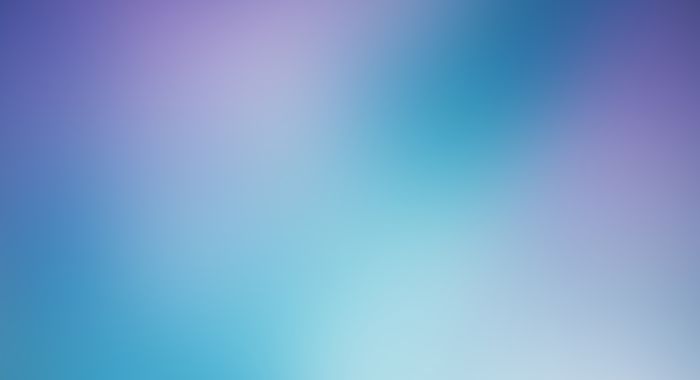“I remember all my battles, the ones I chose to fight and those from which I used to hide.”
In the beginning we swam, crawled, then we walked. Now we program digital organisms. Formerly known as Avidian organisms, from Avida the Artificial Life software that hosts them, they are used to study the dynamics of biological evolution in a digital environment.
It’s not science fiction, think of it as a Trojan in a computer. Digital organisms are able to auto-replicate; the process takes the name of ‘mutation’. In this game, the strongest organism is rewarded with the opportunity to replicate its set of codes and survive in the environment. Insane, right? But that’s what’s happening these days. Progress has come to a point where it makes you start questioning what is real and what is not.
This transcendence of worlds is not restricted within science. Indeed, contemporary art, starting with Dada, have utilised digital forms to elevate their work. The EAT Foundation (Experiments in Art and Technology), established in 1967 by Rauschenberg and Whitman, was the first documented accord between artists and engineers. Subsequently, the contagion between ‘real’ and ‘virtual’ had increased, but the movement of ‘new media art’ showed to be particularly sensitive to the cause. Digital art literally invites the audience to interact and engage, using all the channels technology allows. System errors, such as bugs and glitches, might as well occur but only add to the experience and makes the processes even more interesting.
Nowadays, many artists are replacing paint and canvas with bits and bytes. Eva and Franco Mattes are a particular example. The New York-based artists’ recent work ‘Dark Content’ (2015 – ongoing) documents the alienated and anonymous conditions of the labour force busy moderating our social media content. The Mattes analyse how far the boundaries between society and the digital world can stretch, coming to describe their contact point. Active in the production of social experiments, they put the audience face to face with a reality that we thought distant in time and space. On October 19th, 2017 the artists sought to test the controverted concept of privacy in the digital era with their project “SELL YOUR PHONE (AND ALL OF YOUR PHOTOS) FOR $1,000”. As a result, ‘Riccardo Uncut’ (2018) debuted on the Whitney Museum of American Art’s website, mimicking the intentional and narcissistic way we utilise social media to spread our content online.Fill this application form if you feel brave enough: https://docs.google.com/forms/d/1Yw97acY0y162XwiEVcVDVu9WVo3gOLKbMLFVMlGj0WI/viewform?edit_requested=true
The digital environment effectively offers the opportunity to explore different realities and different selves. Something like ‘Choose your mask to face the day’. Our external shells are one of the subjects of interest for the eclectic artist Pierre Huyghe. Technology is the leitmotiv of the abstract performances, simulations and videos he designs. Huyghe himself describes his work as “the study of the way different realities incorporate with each other”. In 2003, he turned the Centre Pompidou into an ecosystem with his retrospective. A living environment that evolved around participants and their interaction with the over 50 projects exhibited. It is, however, his collaboration with Philippe Parreno in 1999 that made him most remarkable. ‘No Ghost Just a Shell’ is the story of a manga that evolves within his 2D condition. Her name is AnnLee and, as she is forced to tell, is just “[…] a fictional character with a copyright, designed by companies and proposed for sale. That’s it.” The copyright of the character, purchased for $428, was filled in with stories, a personality and finally even self-consciousness. As the project evolved, in fact, different artists were commissioned to contribute and kept AnnLee alive until today; in her shell with no soul.
A scary thought, right? But that’s the thing - the fear of an unknown future alarms us. After all, it’s always the same old leap in the dark. Broomberg and Chanarin, a duo of artists operating between Berlin and London, are there to jog our memory. With their latest retrospective ‘Divine Violence’, exhibited from February to May 2018 at the Centre Pompidou, they developed the mighty concept behind Adi Ophir’s philosophy, which finds God’s unmistakable footage in the occurrence of catastrophes.
“Right from the start, almost every appearance he made was catastrophic… Catastrophe is his means of operation, and his central instrument of governance."
- Adi Ophir
Pictures of modern conflicts are linked to fragments of the Bible of King James. The gesture is inspired by Bertolt Brecht, who used to add annotations and images to his own bible.Whether it is uncomfortable or thriving, change is a constant presence in our lives. Each of us is asked either to learn to manage it or to cope with it. Adaptation is the virtue of those who want to survive, as to resist to it is to perish. Contemporary society has probably been the one most exposed to change so far. It’s sufficient to take a look at the daily news to get an idea about the precariousness of our times. Our generation is fed with disconcertment for breakfast and yet we still manage to get through the day. As a consequence of a universe that keeps expanding, the perception and integrity of our identity are constantly challenged. The past can’t be considered as a reference point any longer, as it was just a failure in the procedure, an attempt that didn’t generate results.
In short, none of us who exists on this planet knows the algorithm for life. Like digital organisms, we’re thrown into a game in which we are asked to survive. We take each day, construct our own rules, and the best we can do is hope we win the bet.
“You who have suffered, find where love hides. Give, share, lose – lest we die, unbloomed.”
- Allen Ginsberg
